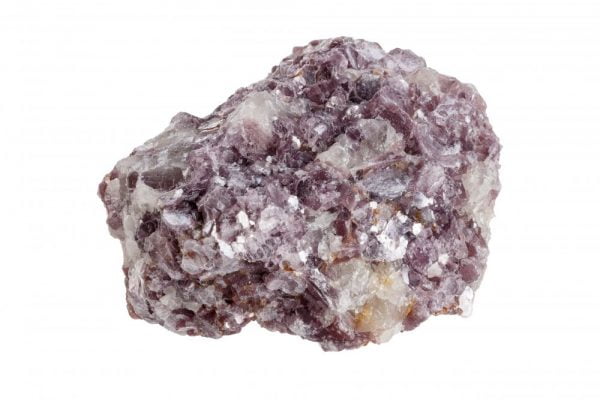Striving for green recovery, EU adds lithium to critical materials list

The European Union needs to diversify its sources of materials, ranging from silicon to rare earths, the Commission said, an issue highlighted after global supply chains were disrupted when the COVID-19 pandemic struck.
The EU executive, which first drew up a list of critical raw materials in 2011 in response to booming commodity prices, said it had added lithium, aluminium ore bauxite, titanium – used in aerospace and for orthopaedic implants, and strontium.
Helium was dropped from the list of now 30 materials.
Lithium was highlighted by the Commission as essential for a shift to environmentally-friendly transport and energy storage. These fields mean Europe would need up to 18 times more lithium by 2030 and 60 times more by 2050, Commission Vice President Maros Sefcovic said in a statement.
The bloc aims to cut its net greenhouse gas emissions to zero by 2050.
“We cannot allow to replace current reliance on fossil fuels with dependency on critical raw materials. This has been magnified by the coronavirus disruptions in our strategic value chains,” Sefcovic said.
To this end, the Commission aims to create a European raw materials alliance in the coming weeks, focusing first on a pressing need for rare earths and magnets, vital to renewable energy, defence and space.
It has also set goals to increase the EU’s recycling of critical materials, forge supply partnerships with Canada and African countries, and determine whether such materials can be mined in Europe.
The EU relies now for much supply on China, Turkey, South Africa, and, in some cases, single companies_Reuters

